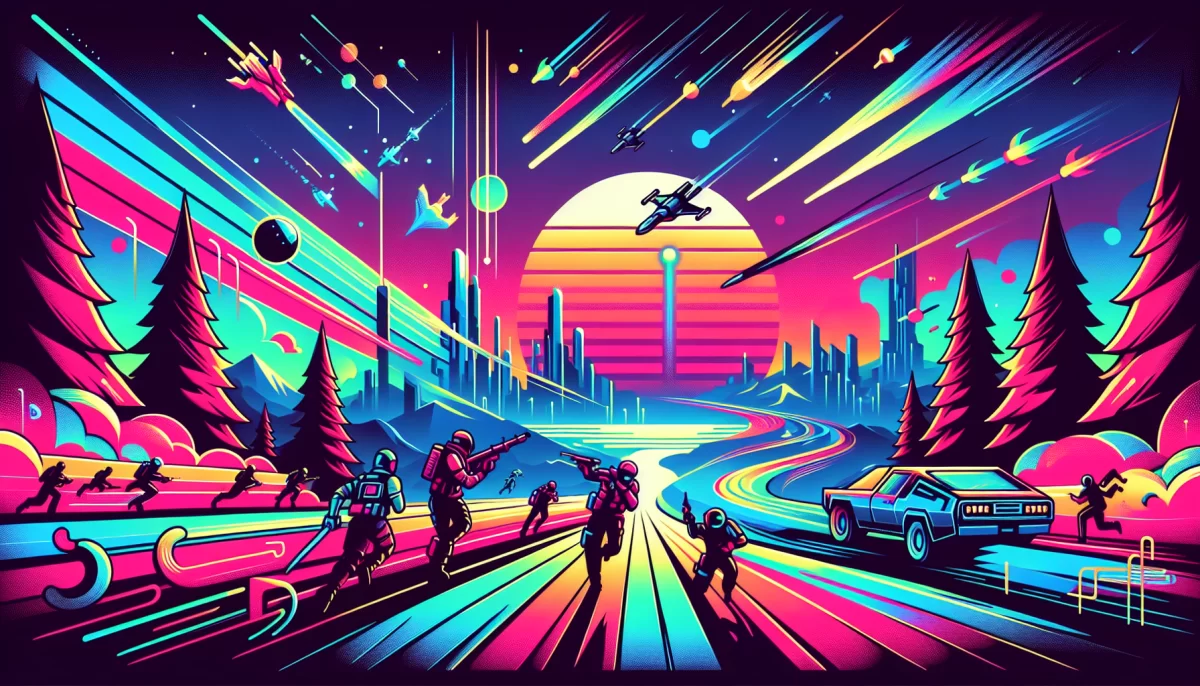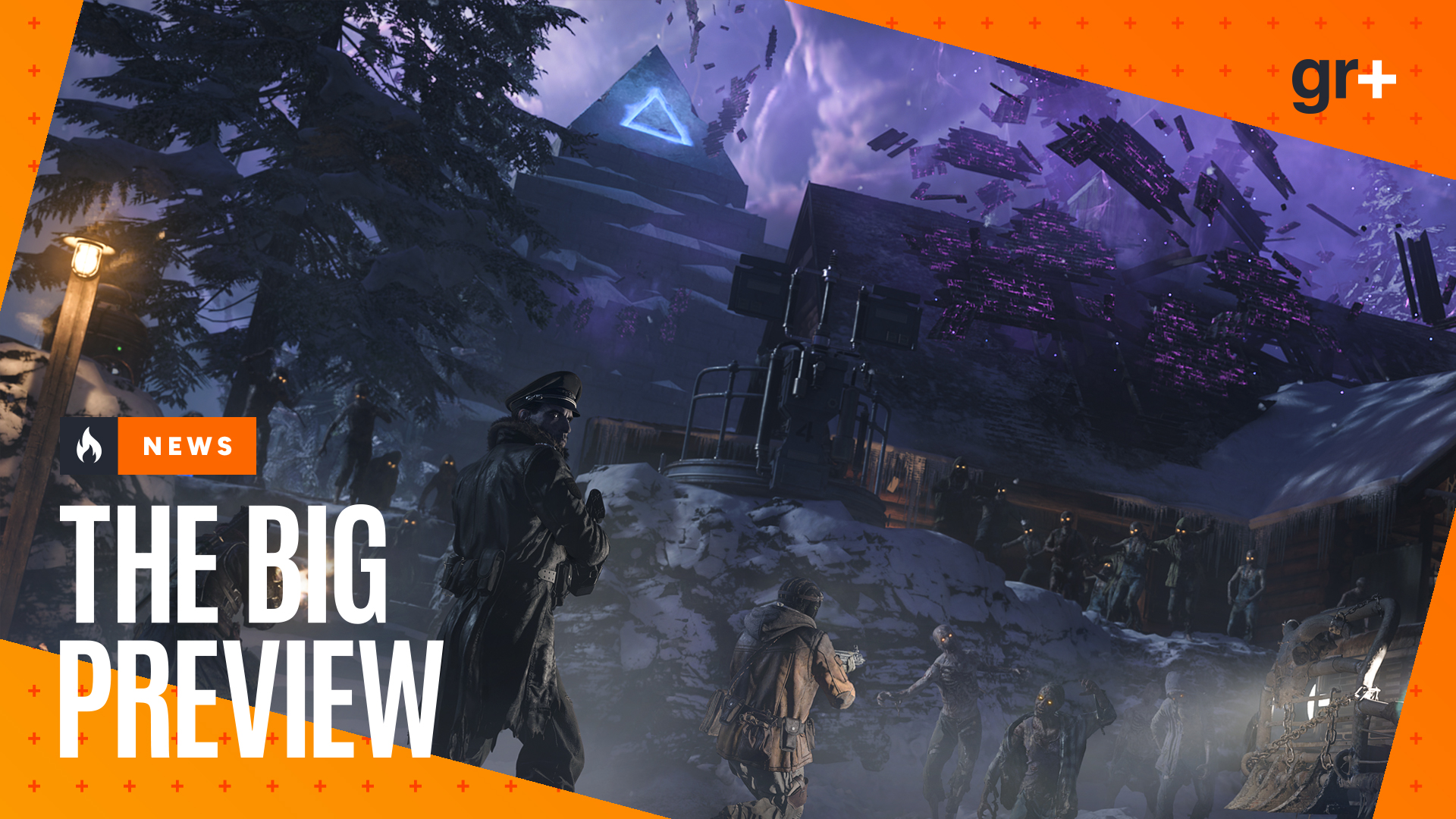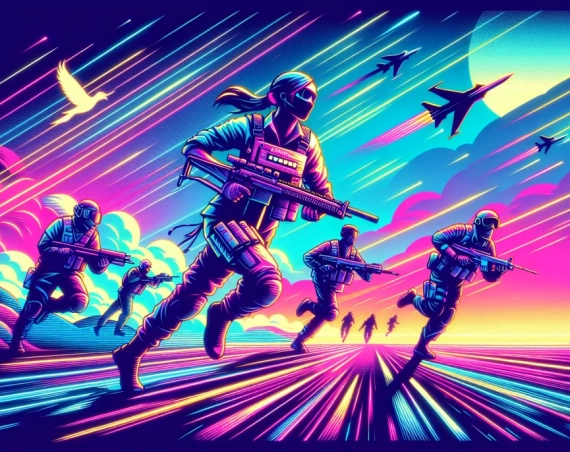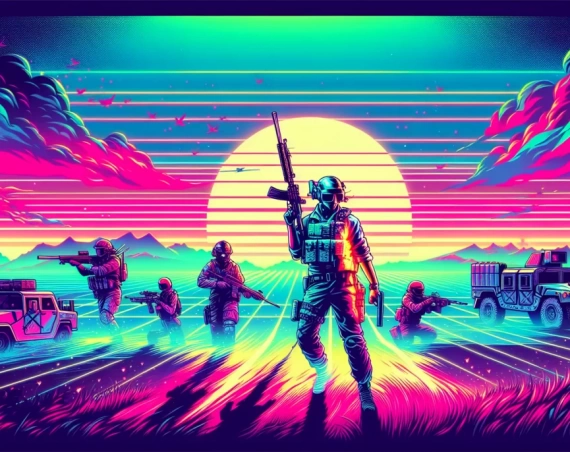
Black Ops 7 Endgame vs Zombies: How Treyarch Balances Co-op Modes
In 2025, Call of Duty expands its gameplay variety more than ever with Black Ops 7, offering players diverse ways to engage. This installment features a narrative-driven campaign supporting four-player co-op, an expansive 32-player PvE mode called Endgame, traditional multiplayer with 6v6 and 20v20 maps, the ongoing evolution of Warzone battle royale, and the much-anticipated return of Zombies with both large round-based and smaller Survival maps.
Diverse Co-op Experiences in Black Ops 7
The breadth of content available at launch on November 14 raises an important question: Could Treyarch unintentionally split or cannibalize its core audience between the new co-op experiences – particularly Endgame and Zombies?
Kevin Drew, Treyarch’s design director overseeing both Zombies and Endgame development, provides insight into this concern. He emphasizes that despite the overlap in co-op features, Endgame and Zombies deliver fundamentally different player experiences. The key distinction lies in their pacing and player autonomy:
- Player-driven pacing in Endgame: This mode allows players to set their own rhythm, with downtime to strategize, navigate the tactical map, and choose objectives at a comfortable pace.
- Pressure-driven gameplay in Zombies: Traditional Zombie rounds are relentless, with minimal breaks and constant waves of attacking enemies, creating a high-tension experience.
Drew shares, “You just never get to have a break in zombies. You get 20 seconds before they’re back at you. In Endgame, you can just kind of chill — look at your tac-map, decide where you want to go next.”
Such differentiation helps cater to varying player preferences and limits overlap in audience engagement.
The Evolution of Endgame Mode
Endgame builds upon lessons learned from previous co-op modes like Black Ops Cold War’s Outbreak and Modern Warfare’s Zombies. Treyarch recognized that attempts to expand the Zombies audience with larger maps inadvertently created two distinct player groups. This insight led to Endgame’s design, aiming to offer a unique co-op experience differentiated from classic Zombies gameplay.
In Endgame, eight squads of four players each land in the fictional city of Avalon. Players progress by eliminating enemies and completing mission objectives, upgrading their Operator’s skills along the way. A Combat Rating system tracks progress, with a significant milestone at level 60 that unlocks a challenging final zone tied to the overarching Black Ops 7 narrative.
However, Endgame introduces an extraction-style mechanic: failure to successfully extract during a run results in the loss of all accumulated progress for that attempt. This fusion of PvE, roguelike, and tactical elements adds a layer of tension but balances it with moments of calm and strategic planning.
How Endgame and Zombies Cater to Different Playstyles
Steve Bianchi, Treyarch’s lead game designer, highlights Call of Duty’s commitment to variety: “Call of Duty is all about offering so many different ways to play. Zombies and Endgame give more variety to people, which is our goal.”
Players seeking intense, high-pressure danger might gravitate towards Zombies, while those preferring tactical pacing and decision-making may prefer Endgame or co-op campaign modes.
Implications for the Call of Duty Community
This multi-mode strategy allows Treyarch to appeal to a broader audience without forcing a one-size-fits-all approach. It reflects a wider trend in modern gaming where franchises diversify content to maintain player engagement across segmented communities.
Recent studies in gaming community management show that offering multiple gameplay options within a franchise helps enhance player retention by catering to different experience preferences. For example, a 2024 analysis by the Interactive Software Federation of Europe (ISFE) reported that 62% of players value varied content modes that suit different moods and social settings (ISFE 2024 Report).
In line with this, the design philosophy behind Endgame and Zombies seems focused on reinforcing player choice and agency, a factor increasingly linked with positive player reception and longer game lifecycles (Gamasutra, 2023).
Summary of Key Differences
- Endgame: 32-player PvE epilogue, tactical and player-paced, extraction mechanics, combat rating progression.
- Zombies: Traditional round-based horde mode, intense, fast-paced, minimal breaks, adrenaline-heavy gameplay.
- Campaign Co-op: Narrative-focused, supports 4-player co-op, balanced pacing.
- Multiplayer and Warzone: Core competitive modes with varied map sizes and player counts.
The coexistence of these modes within Black Ops 7 demonstrates Treyarch’s effort to innovate within the franchise, balancing legacy content with fresh gameplay while consciously addressing audience segmentation.
Conclusion
Black Ops 7, through its varied co-op offerings like Endgame and Zombies, exemplifies a modern approach to franchise evolution. By distinctly differentiating game modes with player-driven pacing and unique gameplay loops, Treyarch mitigates potential audience cannibalization risks and enriches the player experience.
This approach not only strengthens the Call of Duty ecosystem but also sets a guideline for other FPS franchises navigating content diversification amid growing player expectations for variety and engagement depth.
Further Reading



